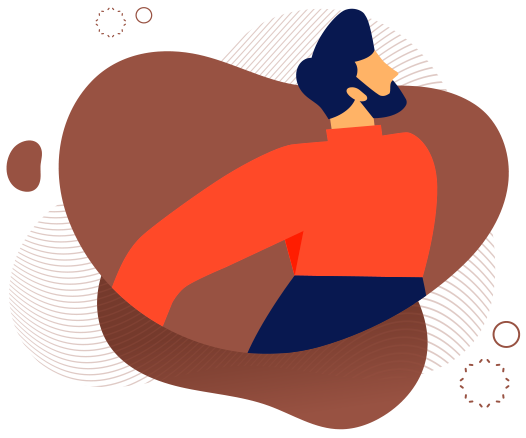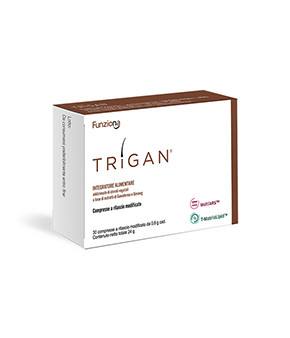Hair and nails are defined as skin appendages that naturally grow from the body. They consist of keratin, water, lipids, and pigments.
Under particular conditions of stress, the life cycle of the bulb (cell that encloses the hair) can slow down its activity and as a consequence we can observe excessive hair loss.

Hair life cycle
1
Anagen phase
Anagen growth phase: The duration of the anagen phase is different in men and women. It is recognized that normally in men it is around 2-4 years, while in women it is around 3-6 years. When the anagen process slows down the hair that falls out is not replaced by new hair.
2
Catagen phase
The growth phase stops. It lasts about 7-21 days.
3
Telogen phase
Is the resting phase of the follicle and has a duration of about 3 months. During this phase the hair leaves its bulb.
Factors that predispose hair loss
Genetic
Genetic predisposition
Stress
Stress releases hormones like cortisol which affects hair formation and sebum production.
Age
Age determines important hormonal variations that affect hair growth.
Diets or wrong eating habits
Unbalanced diets that cause numerous vitamin and mineral deficiencies, especially iron.
Hormonal problems
Hormonal changes due to a malfunction of the thyroid gland, polycystic ovary syndrome, or sudden changes in hormonal production that can occur after giving birth.
Our products
Did you know that…?
Hair loss in women may be related to a reduction in iron in the blood.



